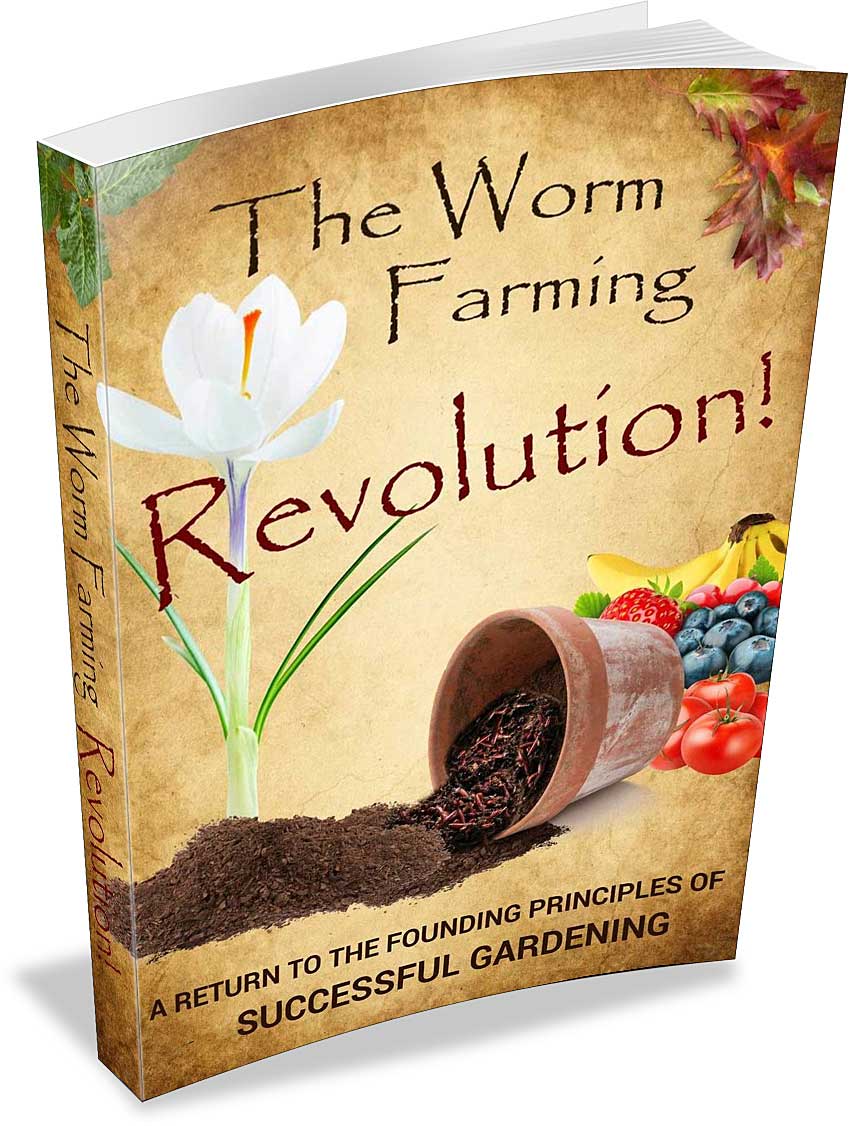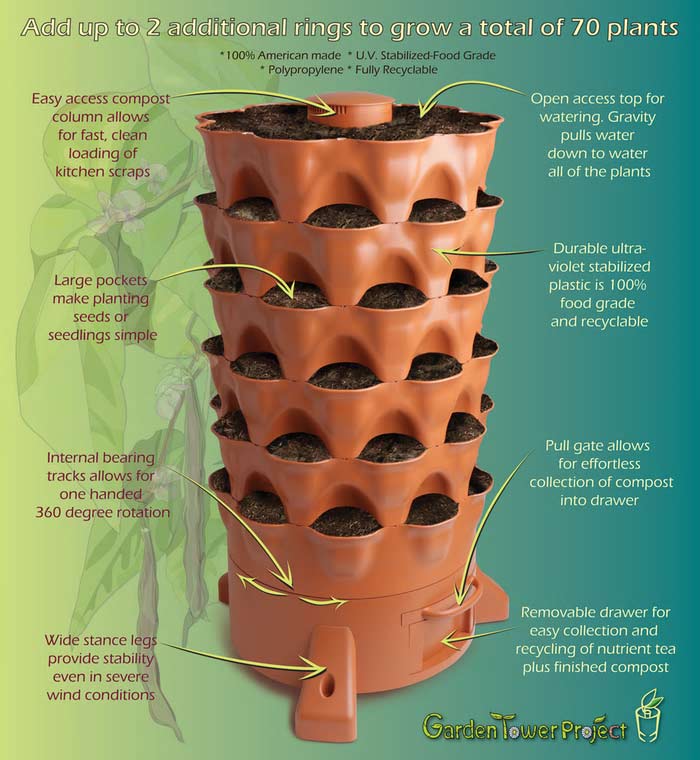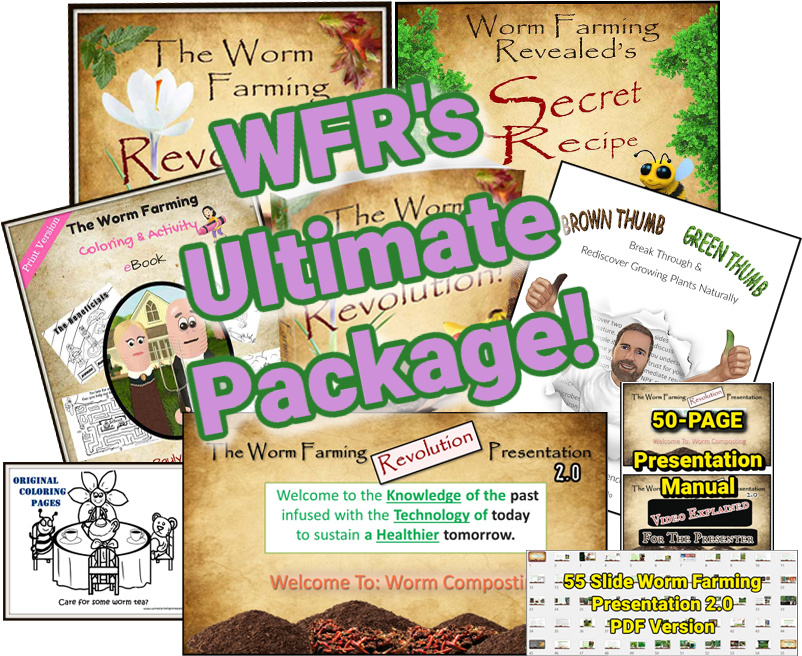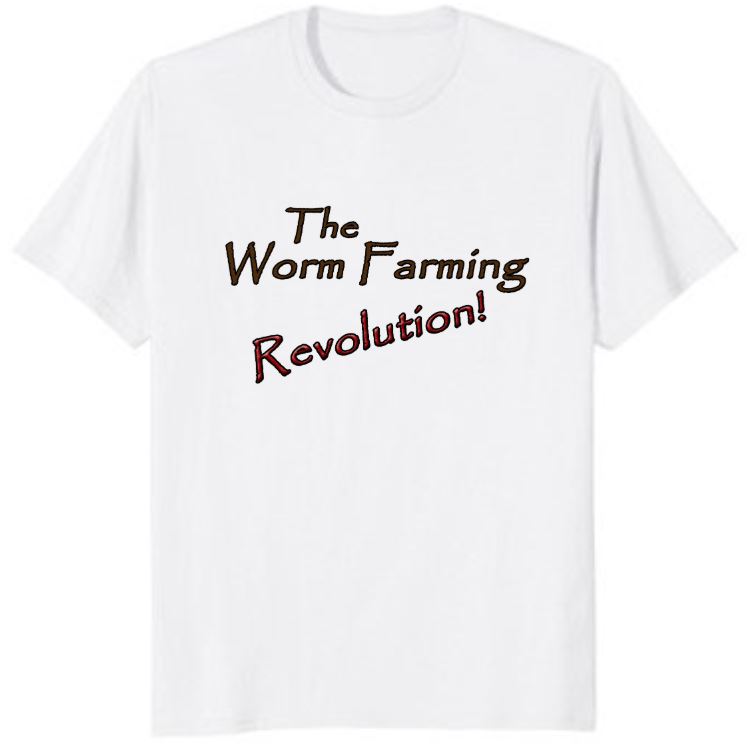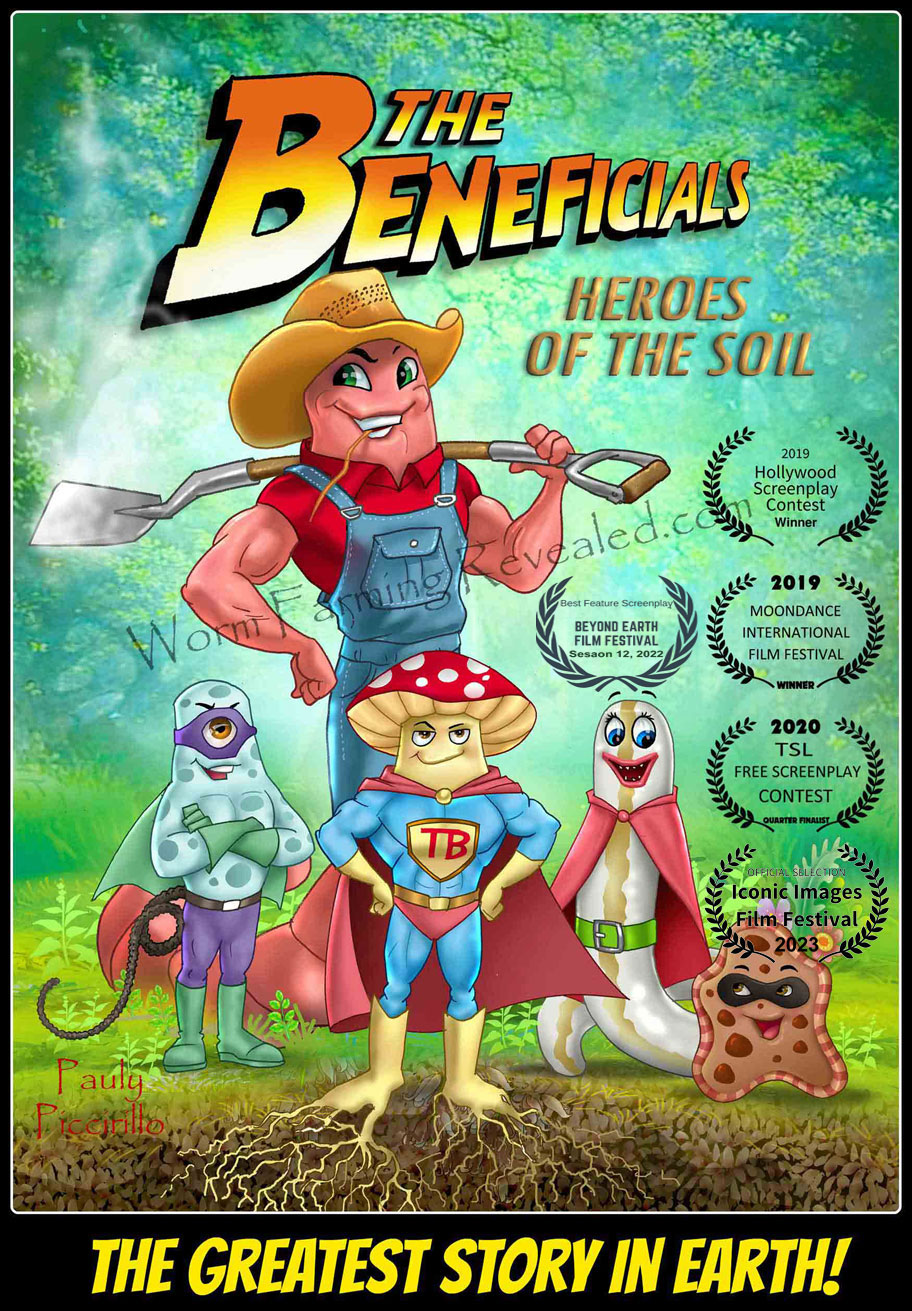All About Worm Tea
Back to TOC
I talk a great deal about worm tea on my website and in my books. In my opinion it's almost just as important as worm castings. Below you'll learn why the "Tea" is so beneficial for plant nutrition and what the tea really is.
Are you using compost tea or mysterious liquid?
Worm tea may not be what you think it is.
A.K.A. "Vermi tea" or "Vermicompost tea"
Is "worm tea" created by putting some worm castings in a bag and letting them steep in water for a few minutes? Or is it simply collecting the liquid run-off from the bottom of a compost bin? Well, if you answered, "Yes" to either of these, then you're absolutely wrong!
 |
 |
 |
|
The picture to the right is not how you brew vermi tea, nor to say the least, are the pictures above. Many people think that the tea-like liquid that's located at the bottom of the worm bin is vermi tea. |
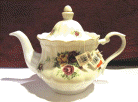 |
This is actually called leachate (leech-ate). Worm tea is made from a combination of highly oxygenated water and worm castings. Not the smelly run-off at the bottom of the bin.
The leachate itself is not as nutritious as some may think. It could actually be highly acidic, anaerobic (lack of oxygen), and lacking in the beneficial microbes and nutrients that plants depend on. As a matter of fact, it also contains the unbeneficial microbes that can thrive and multiply in an anaerobic environment such as leachate.
**Side Note**
If you're constantly having smelly run-off, then your compost is too wet or you could be adding too much food.
Learn the difference between Leachate vs Worm Tea.
The tea consists of a very complex community of organisms such as:
- Bacteria
- Protozoa
- Fungi &
- Nematodes (not the bad ones that attack the roots)
The plant feeds on these microbes which gives it the ability to build a strong defense system. Some plants contain a hormone called Jasmonic acid. This hormone is used as defense against many insects and parasites.
Worm castings are wonderful but the worm tea works a little bit different.
Unlike the worm castings time-release process, the "tea" is readily absorbed into the plant giving it, if you will, a "power drink" (without the crash, followed by a migraine). Much like, when we eat our food, our body slowly absorbs the nutrition. But if we liquefy it, it's readily absorbed into our body.
Worm tea is the opposite of chemical fertilizers.
Chemical fertilizers burn the soil and kill the beneficial microbes. When the good microbes are absent or low in numbers, the bad microbes populate and are absorbed into the plant. This kills or weakens the plant's immune system and its overall ability to thrive.
Therefore, scientists have to come up with genetically modified plants to resist the effects of these bad microbes and some parasites. It's sad to think that when we want to change, we insist on changing nature, but it's completely opposite. When we change nature, nature insists on changing us (for the worse of course).
Nature always has a way of telling us what we're doing is wrong. Our bodies weren't designed to store synthetic chemicals. Albeit true, our bodies can filter out these harmful toxins, but the problem is that we keep filling our bodies with harmful toxins and we never get them completely out of our system.
The toxins or chemicals harm the beneficial organisms in our body. This enables the bad ones to take over.
You’ve heard it said many times that cancer cannot survive in an oxygen-rich environment and when our body is deprived of the oxygen, the bad cancer cells will multiply and take over.
Worm tea helps to build the good microbial community within the soil, out numbering the bad microbes. The more you put in, the more good microbes will multiply until the good microbes are in control through sheer numbers.
How To Make Worm Tea
More Worm Tea Videos
There are two ways worm tea can be used
- A soil application
- A foliar spray
Soil application
As I already
mentioned, the tea builds a community of good microbes through the aerobic
process. It protects the roots as well as nourishes and feeds the plant.
Studies have shown there are increased speeds of
plant growth, increased size of plants & blooms, and increased yields. Root systems go deeper and wider.
Studies have also shown that using the tea not only improves the soil for short term affects but the year after as well. The reason being is, once you start the microbial community, then after just a few applications the community begins to grow exponentially, crowding out unbeneficial microbes.
Here is a link that demonstrates the outcomes of vermicompost and vermicompost tea performed by Clive A. Edwards, professor at Ohio State University.
Foliar Spray
When worm tea is sprayed on the plants, the microbes attach to the leaf and out compete the harmful disease causing microbes like black rot, mildew, early blight and also become food for the leaf.
Check out what the tea has done for my strawberries and spinach.
So what's the spigot at the bottom of the worm bin for?
This is a great question that I'm often asked from time to time and the answer is simple. It's for collecting the smelly run-off that leaches through to the bottom of the worm system silly ;-)
In time, as you become a better worm farmer, you'll learn how to control the amount of food you feed the worms vs the amount of worms you have to consume the food. There should really never be any liquid at the bottom of the bin, but sometimes it can be unavoidable.
The spigot is great for beginners and also for those that get in a hurry or add juicy fruits such as melons, cucumbers and grapes. The worms should always have enough moisture from the regular foods you’re feeding.
If you do have any leachate at the bottom then simply just throw it down the drain. If you'd like to know why not to use the leachate on your plants then check out the link below.
|
Learn the difference between |
Learn how to make |
Go to pg 9 Worm Food Next
Or
Return from Worm Tea to Beginning TOC


